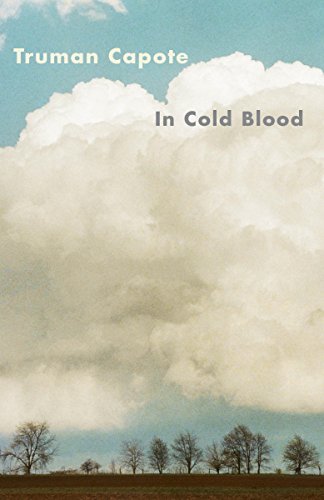Some ideas arrive as epiphanies. We stand witness to their delivery on a memorable day, time and location (very often the shower). Others are slow burners. Like new freckles, we are oblivious to their spread – our attention elsewhere – until eventually their presence shifts into our consciousness.
The idea for this site has been a long time coming. It has been motivated by: the lifelong gardens of Ian Hamilton Finlay and Louis Le Roy; the notebooks of Joan Didion, Virginia Woolf, Joshua Cohen and my extraordinary friend Piper Haywood; and the non-linear compilations of knowledge in Bruce Chatwin’s The Songlines, Walter Benjamin’s Arcades Project, and the Commonplace Book format.
Paraphrasing the Wikipedia entry, Commonplace Books have been used since antiquity as an aid for remembering useful concepts or facts. They are inherently unique to their author and contain, but are not limited to recipes, quotes, letters, poems, tables of weights and measures, proverbs, prayers, legal formulas, observations and definitions. Unlike a diary or journal, they are not chronological or introspective, though some entries may include personal responses. Rather, entries are organised according to subject.
By the seventeenth century, commonplacing had become a practice that was formally taught to students at Oxford and Harvard (among them Emerson and Thoreau). For women who were excluded from the privilege of education with, I assume, limited access to libraries or affordable books, the Commonplace Book must have been a treasured possession.
There are a number of things I like about commonplace books. They were often a lifelong practice, growing organically over the years with fragments taking on new meaning as entries were added. And I appreciate that there seems to be little distinction between the formal and the informal. Recipes rub up against philosophy. An observation of cloud formations sidle next to mathematical formulae.
In this, my own version of a Commonplace Book, I will include personal responses to both explicit and tacit knowledge, with the added ability to index subjects, drawing, hopefully, unforeseen or forgotten connections. While it isn’t intended as a diary, it will provide a reading of my identity and, over time, its plurality.
I think we are well advised to keep on nodding terms with the people we used to be, whether we find them attractive company or not…
I suppose that keeping in touch is what notebooks are all about. And we are all on our own when it comes to keeping those lines open to ourselves: your notebook will never help me, nor mine you.
Joan Didion in Slouching Toward Bethlehem
This site would not exist without my friend Piper. Her own notebook, which she has kept since 2014, is not a far cry from a commonplace book and was one of the many prompts for mine. Together, we’re curious to explore what a Commonplace Book could ‘feel like on the web’. Her WIP development can be followed on GitHub.
And finally, a disclaimer. Piper has magically folded the content of my multiple websites into this one location – a photo Tumblr from waaaayback and another I kept when I did my MA. I will do my best to organise these appropriately, but some posts may not be so pliable. The necessary pruning will take some time, don’t mind the mess.
•
